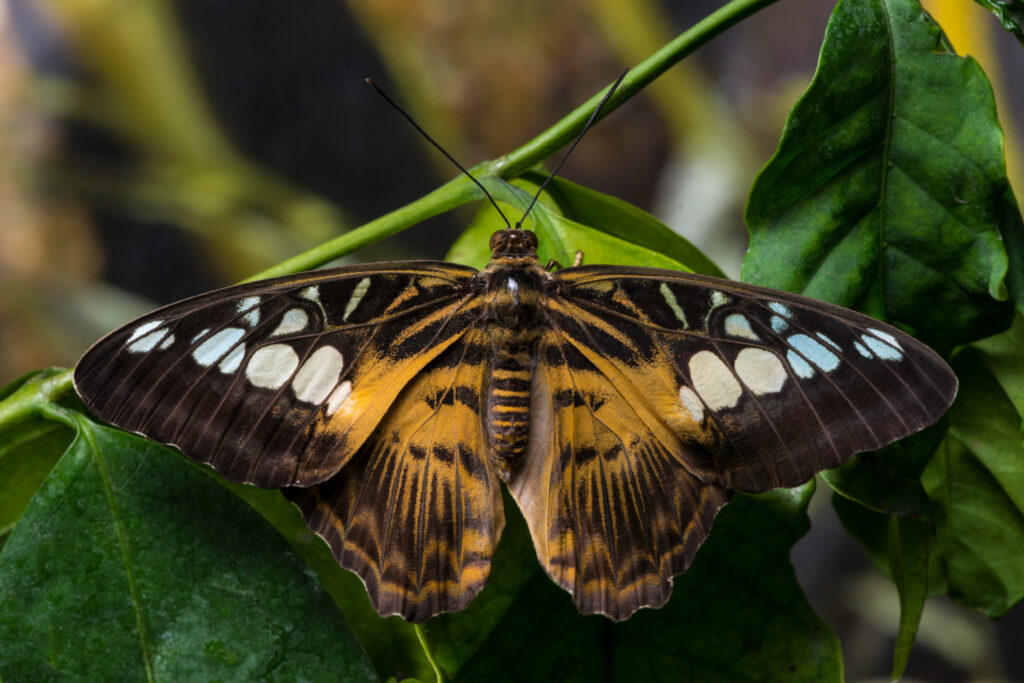When most people picture moths, they think of small, drab creatures hovering around porch lights on summer nights. But the truth is far more remarkable. Moths are a highly varied group of insects, featuring over 160,000 known species worldwide, each with its own colours, patterns, and behaviours. Some dazzle with vivid colours and elaborate patterns that rival even the most beautiful butterflies, while others are experts in disguise, blending effortlessly into their surroundings.
Beyond their beauty, moths play a vital part in ecosystems—pollinating plants, serving as an essential nourishment source for other animals, and even acting as indicators of ecological well-being. In this guide, we’ll explore 15 of the most stunning moth species, delving into their distinctive looks, habitats, and the captivating functions they play in nature.
The Forgotten Beauty of Moths
Though butterflies often capture more attention due to their vibrant colours and daytime activity, moths outnumber butterflies by a significant margin. There are over 160,000 species of moths globally, many of which are yet to be studied in detail. Unlike the misconception of dullness, many moths boast colours and wing patterns so beautiful they leave entomologists and nature lovers in awe.
1. Atlas Moth (Attacus atlas)
- Location: Southeast Asia
- Key Feature: Largest wing surface area of any moth.
The Attacus atlas (Atlas Moth) is one of the largest and most remarkable insects in the world, with wings that can span up to 30 cm. Found in the tropical forests of Asia, its rust-red wings have bold patterns and tips shaped like a snake’s head to scare off predators.
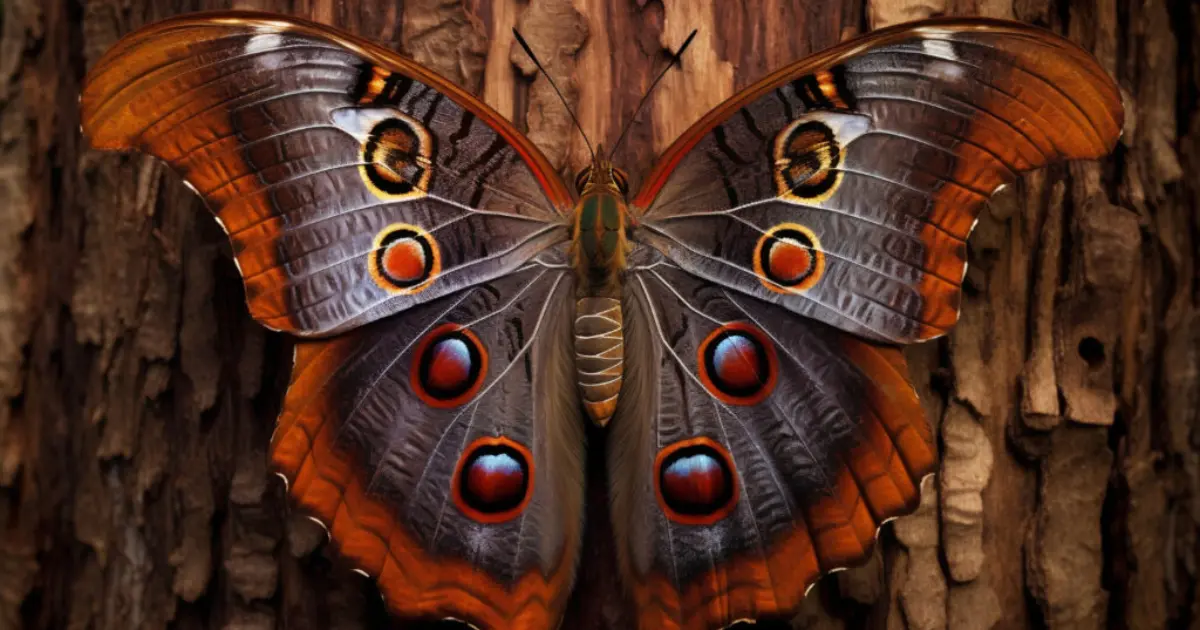
2. Luna Moth (Actias luna)
- Location: North America
- Key Feature: Long, sweeping tails on wings.
Known as a symbol of spiritual transformation, this green moth lives only 7–10 days, focusing solely on reproduction. Its beauty lies in its simplicity and luminous glow.

3. Madagascan Moon Moth (Argema mittrei)
- Location: Madagascar
- Key Feature: Long, comet-like tails.
A rare species, this moth’s larvae feed on the Tambourissa plant. Conservationists are concerned about its habitat due to deforestation.
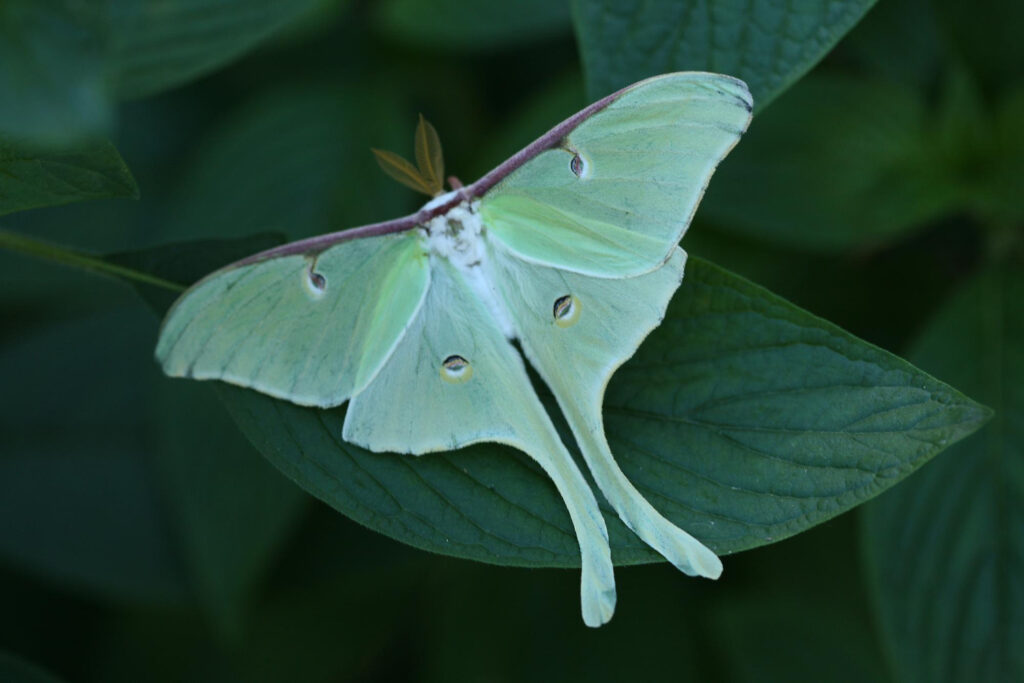
4. Cecropia Moth (Hyalophora cecropia)
- Location: North America
- Key Feature: Reddish wings with crescent markings.
This moth plays an important role in food chains, serving as prey for birds and bats. Its caterpillars are large and striking green.
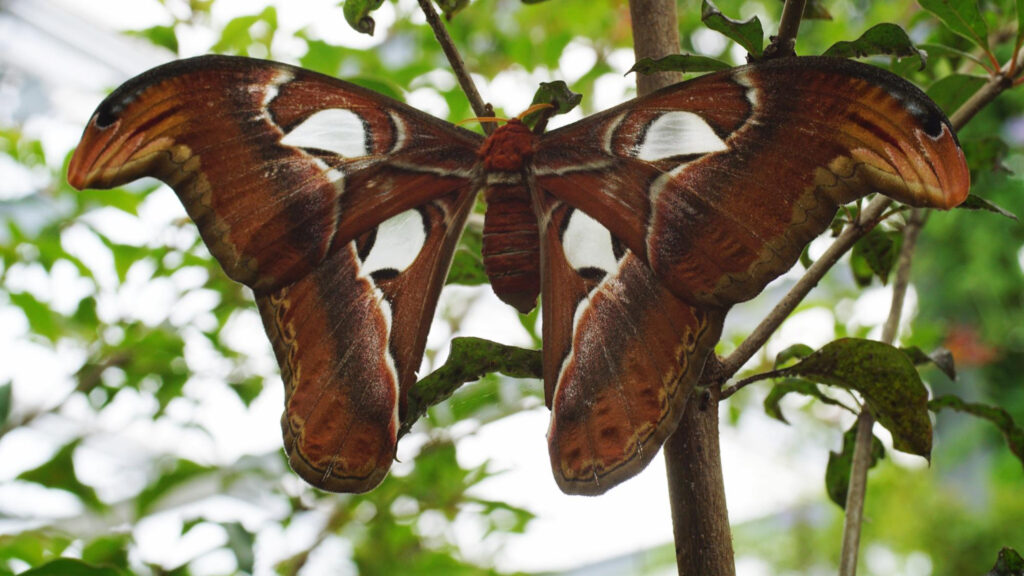
Read: Green Iguana Care Guide
5. White Witch Moth (Thysania agrippina)
- Location: Central & South America
- Key Feature: Widest wingspan among moths, up to 12 inches.
This elusive moth is rarely seen, adding to its mystique. Its pale patterns allow it to camouflage against tree bark.
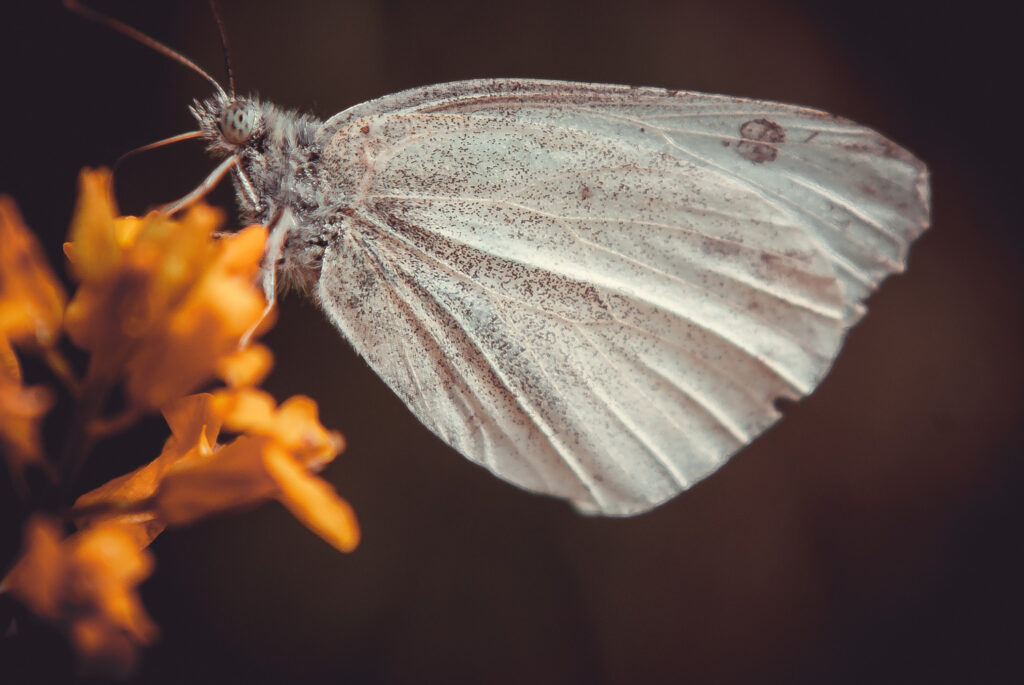
6. Emperor Moth (Saturnia pavonia)
- Location: Europe
- Key Feature: Eye spots resembling owl eyes.
A day-flying moth, it is often mistaken for a butterfly. It’s commonly found in heathlands and moorlands.
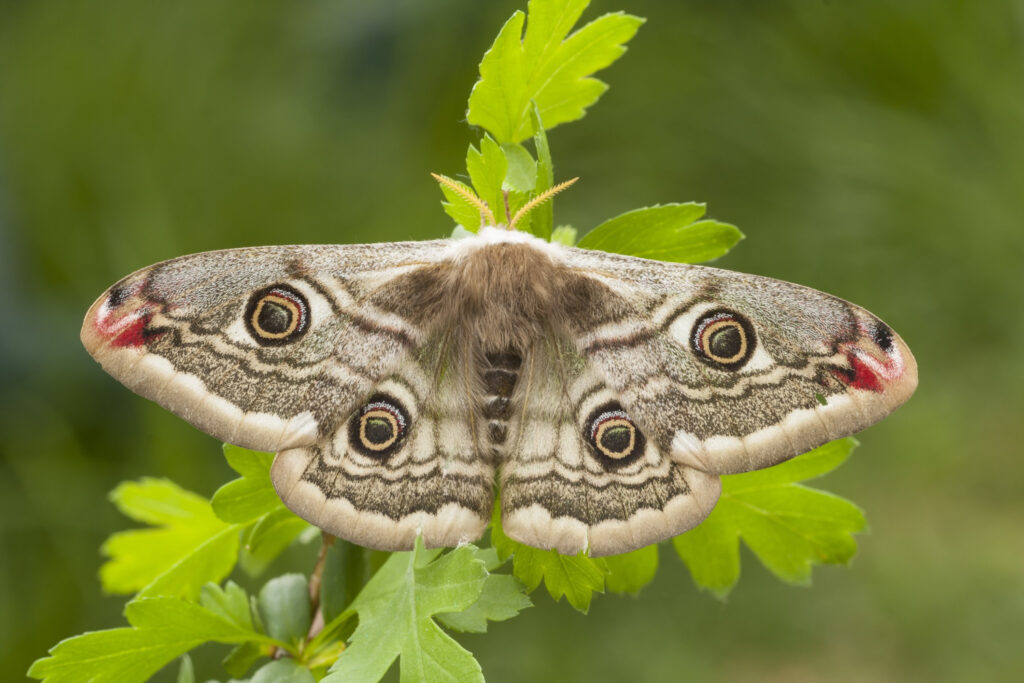
7. Rosy Maple Moth (Dryocampa rubicunda)
- Location: Eastern North America
- Key Feature: Pink and yellow pastel wings.
One of the smallest on this list, its vivid colours make it a favourite among photographers. It primarily feeds on maple trees during its larval stage.
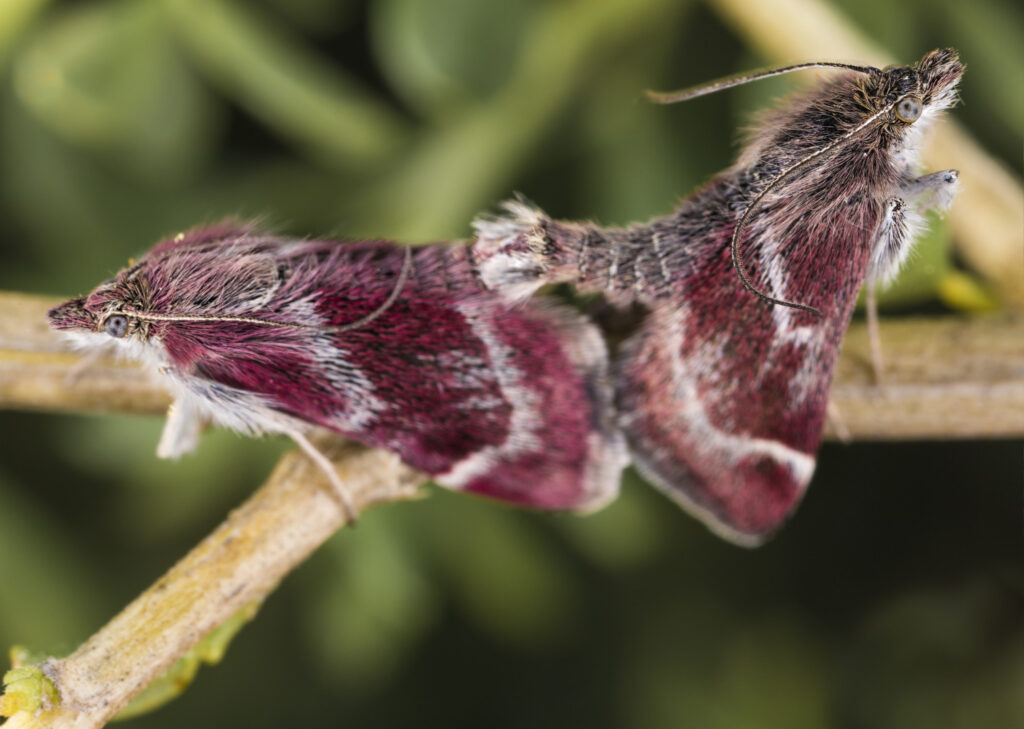
8. Hercules Moth (Coscinocera hercules)
- Location: Australia
- Key Feature: Transparent wing patches.
Its caterpillars can grow up to 12 cm long, feeding on the leaves of the Bleeding Heart Tree. Despite its size, it is gentle and non-threatening.
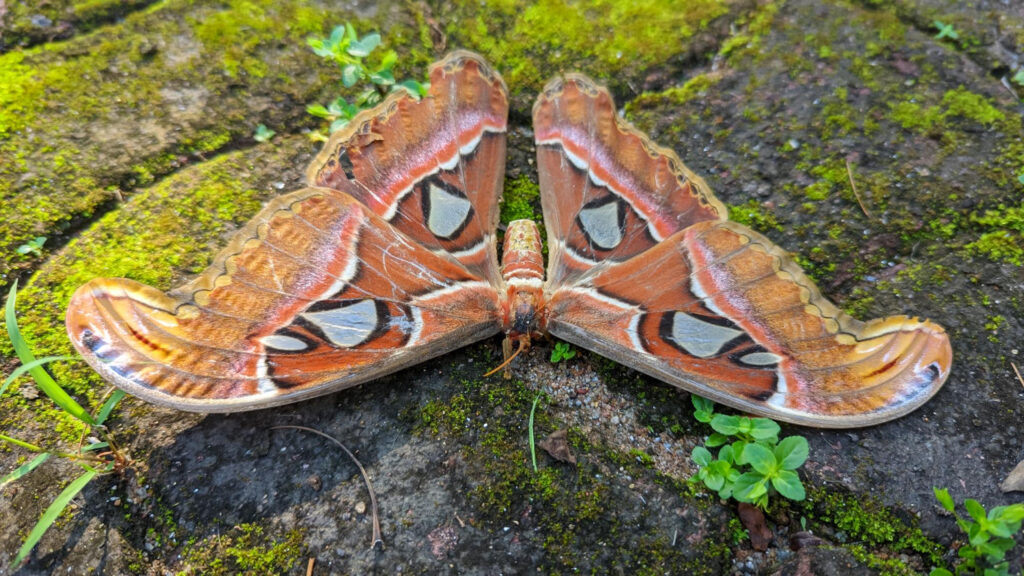
9. Io Moth (Automeris io)
- Location: North America
- Key Feature: Flashing eye spots on hind wings.
This defensive display helps scare predators. The larvae, however, have stinging spines that can irritate human skin.

10. Spanish Moon Moth (Graellsia isabellae)
- Location: Spain, France
- Key Feature: Transparent wing panels.
It is one of the rarest moths in Europe and is a protected species due to habitat loss in mountainous regions.
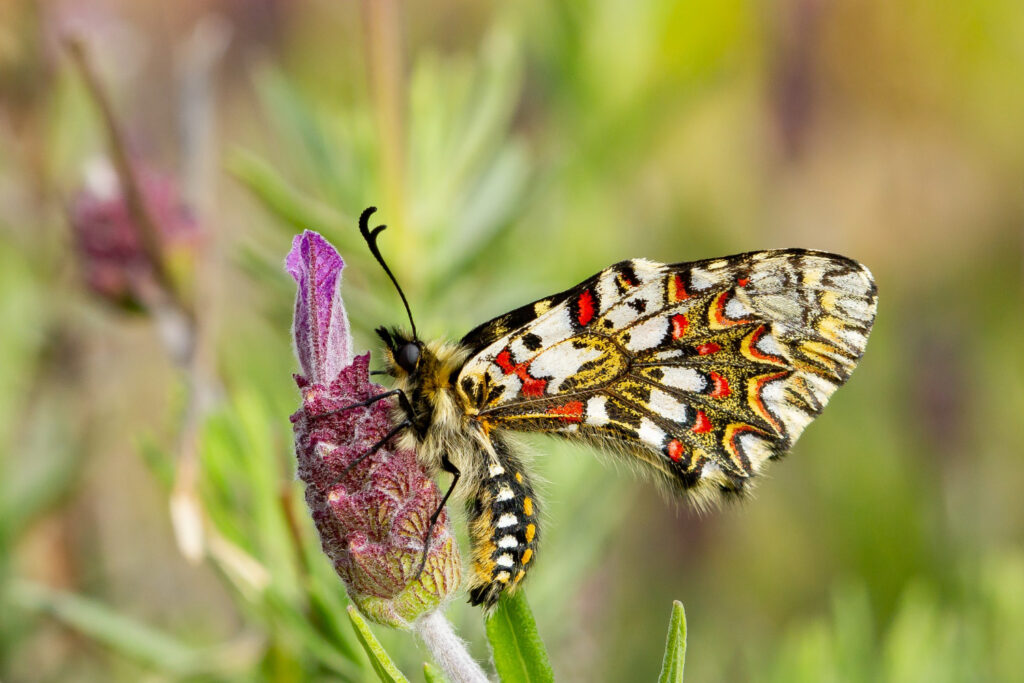
11. Oleander Hawk Moth (Daphnis nerii)
- Location: Africa, Asia, Europe
- Key Feature: Green camouflage with pink highlights.
This moth is migratory and often surprises people by appearing in unexpected places. It’s known for its rapid, hummingbird-like flight.
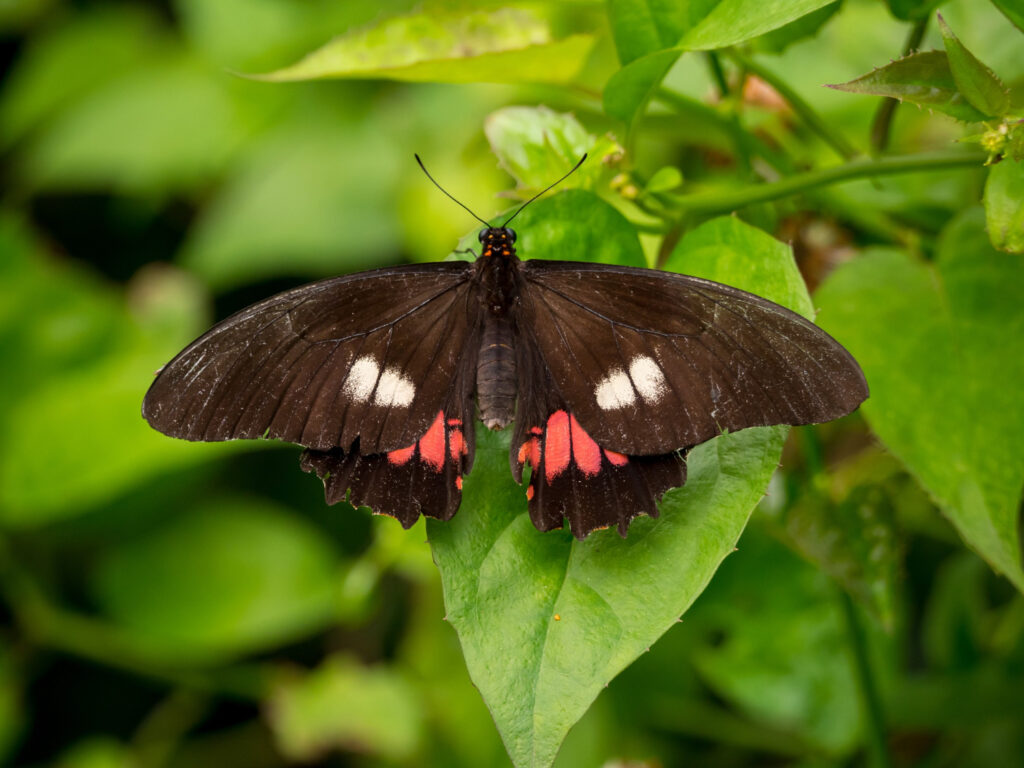
12. Death’s-head Hawkmoth (Acherontia atropos)
- Location: Europe, Africa
- Key Feature: Skull-like mark on thorax.
Immortalised in film and folklore, this moth is known for making a squeaking sound when disturbed. It raids beehives for honey.
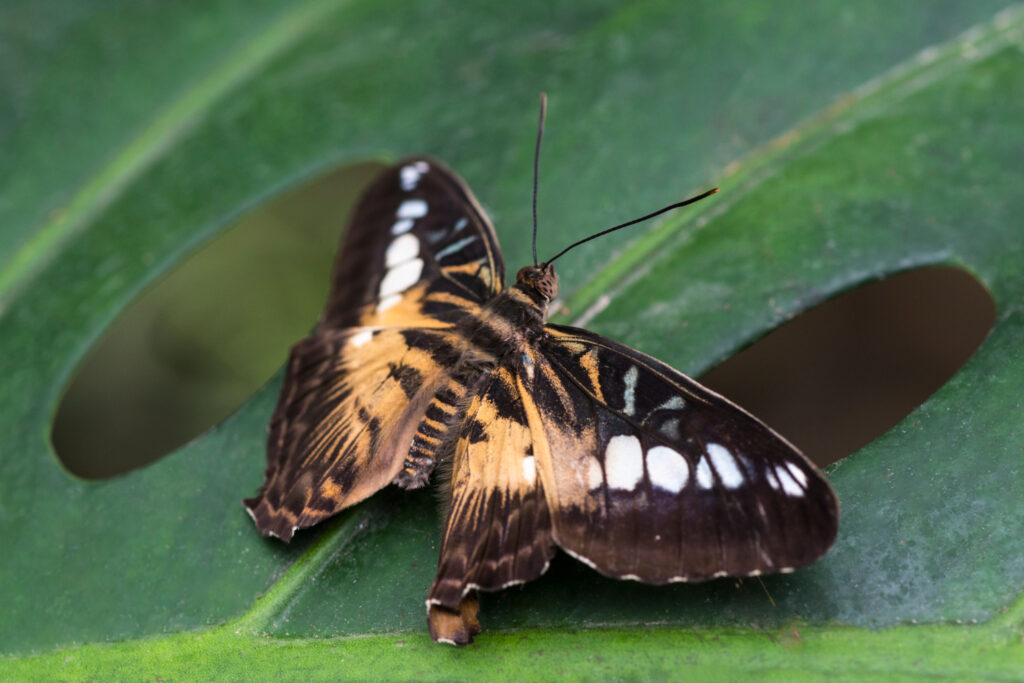
13. Garden Tiger Moth (Arctia caja)
- Location: Europe, North America
- Key Feature: Contrasting colour patterns.
Once common, now in decline due to climate change. Its caterpillars, known as “woolly bears”, are also quite famous.
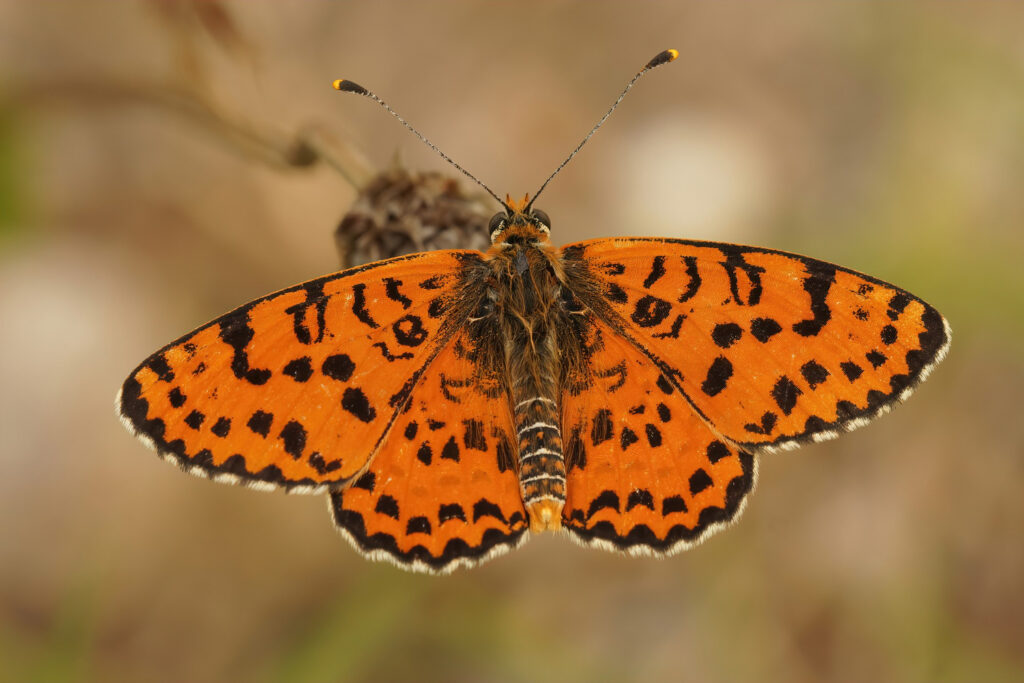
14. Comet Moth (Argema mittrei)
- Location: Madagascar
- Key Feature: Long tails and yellow hue.
Although similar to the Moon Moth, its tails are longer and its lifespan is equally short. This moth represents fragility and fleeting beauty.
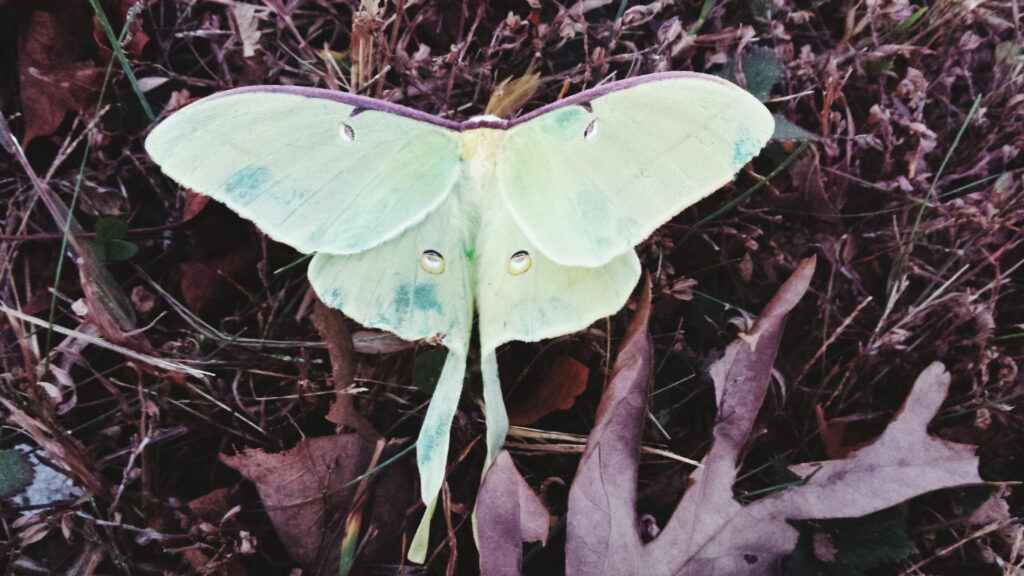
15. Green-banded Urania (Urania leilus)
- Location: South America
- Key Feature: Iridescent green stripes.
A rare day-flying moth, its metallic colours shine in sunlight. It migrates in large groups, creating a mesmerising visual.

Read: 6 Kind of Pet Primate You Never Knew About
Ecological Importance of Moths
Moths are essential to the health of many ecosystems:
- Pollinators: Many plants depend on moths for nighttime pollination.
- Food Web: Moths are a crucial food source for birds, bats, amphibians, and small mammals.
- Biodiversity Indicators: A healthy moth population signals a balanced ecosystem.
Conservation Efforts for Moths
Many species of moths face threats from:
- Habitat Loss due to urbanisation and agriculture.
- Light Pollution which disorients nocturnal moths, affecting reproduction.
- Pesticides harming both caterpillars and adult moths.
How You Can Help:
- Plant native, nectar-rich flowers.
- Limit outdoor lighting or use yellow-tinted bulbs.
- Avoid chemical pesticides; opt for organic gardening.
Creating a Moth-Friendly Garden
- Night-blooming Plants: Evening primrose, jasmine.
- Native Trees and Shrubs: Provide food for larvae.
- Wildflower Patches: Encourage biodiversity.
- Water Sources: For both moths and other wildlife.
The Future of Moths in a Changing World
As climate change and human activities reshape ecosystems, the survival of many moths depends on conservation awareness. Appreciating their beauty is just the start – supporting research, protecting habitats, and sustainable living can ensure these incredible insects continue to amaze future generations.
Conclusion
Moths are more than just night-flying insects; they are living art pieces, vital to ecosystems and full of wonder. This guide to the 15 most beautiful moths showcases their diversity and elegance, proving that these creatures deserve admiration and protection. Next time you spot a fluttering shadow in the night, remember the secret beauty hidden within the world of moths.
FAQs About Moths
Q: How do moths find their way at night?
A: Moths use moonlight and stars for navigation, a behaviour called transverse orientation.
Q: Are moths good pollinators?
A: Yes, many night-blooming plants rely solely on moths for pollination.
Q: What’s the difference between moths and butterflies?
A: Moths are typically nocturnal with feathery antennae, while butterflies are diurnal with clubbed antennae.
Q: Can moths be domesticated or kept as pets?
A: Some enthusiasts rear moths for study or as a hobby, especially silk moths or luna moths.
Q: Do moths have natural predators?
A: Yes, birds, bats, spiders, and even other insects prey on moths.

